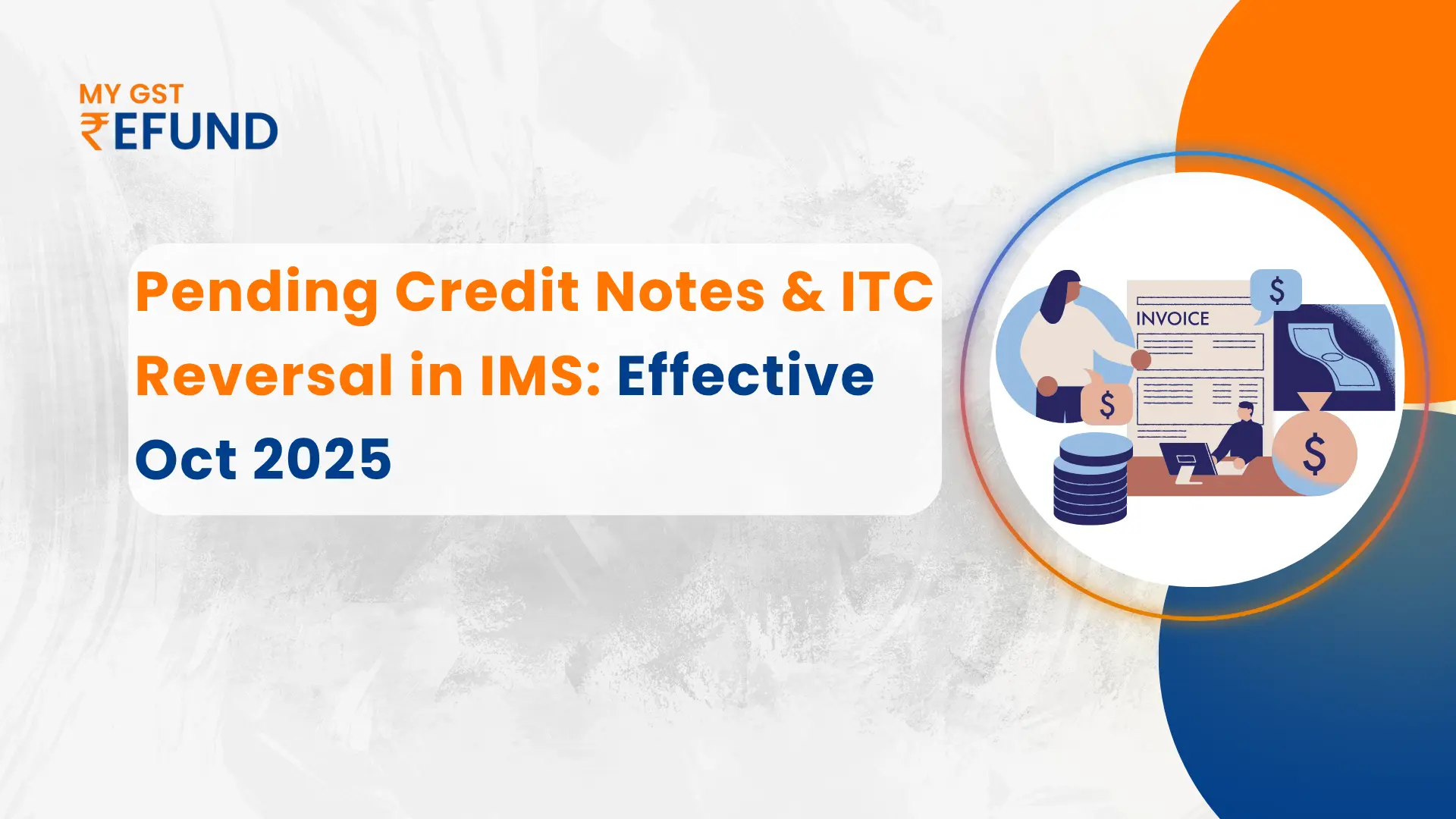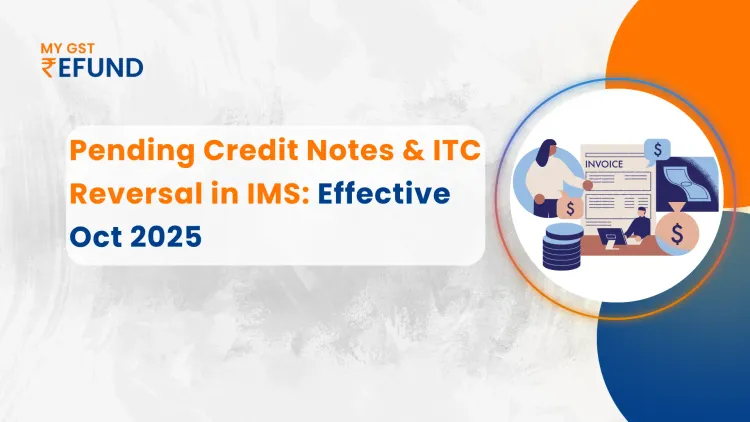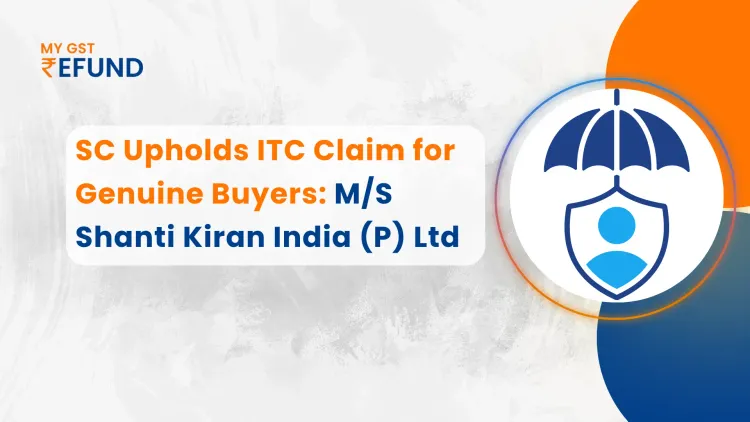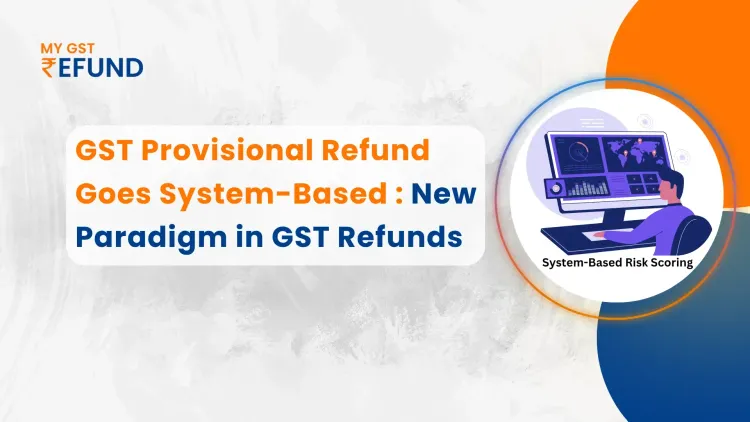IMS Update on GST: Pending Credit Notes & ITC Reversal (Oct 2025)
Published on: Mon Oct 27 2025
Bio (Reveal/Hide)

New IMS Update: Pending Option & ITC Reversal (October 2025)
October, 2025 IMS Upgrade: Improved ITC Reversal Compliance.
Introduction of Pending Option for Credit Notes & ITC Reversal Declaration in IMS
New IMS Functionality on GST Portal
- Purpose: To give taxpayers more flexibility in handling Credit Notes and reduce disputes related to Input Tax Credit (ITC).
- Feature: Taxpayers can keep Credit Notes in “Pending” status for one tax period.
- Benefit: Allows proper reconciliation and avoids unnecessary ITC reversal immediately.
- Timeline: Applicable prospectively from GSTR-2B of October 2025 onwards.
What is the New “Pending” Option?
GSTN Introduces New “Pending” Option for Credit Notes - Effective October 2025. GSTN has enabled a new “Pending” option in the Invoice Management System (IMS) to give taxpayers more time to verify Credit Notes and declare ITC reversal accurately.
Applicable from the October 2025 GSTR-2B period, this feature aims to reduce disputes and improve reconciliation between suppliers and recipients.
- Meaning of marking a Credit Note as “Pending”
- Applicability: Allowed for one tax period only
Types of documents eligible for the Pending option
- Credit Notes & upward amendments of CN
- Downward amendments of CN (where the original CN was rejected)
- Downward amendments of Invoice/DN (when original already accepted & GSTR-3B filed)
- ECO document downward amendments
Applicability Timeline
- The new changes will be implemented starting from the GSTR-2B period of October 2025.
- These rules will work only for future transactions - meaning taxpayers must handle credit notes differently before and after October 2025.
- A clear distinction will be required between records pertaining to periods prior to October 2025 and those falling under the new framework afterward.
How Long Can Records Be Kept Pending?
- Monthly taxpayers: 1 month
- QRMP taxpayers: 1 quarter
- Consequences after expiry:
- “Pending” option disabled
- Mandatory accept/reject
- No action → deemed acceptance
Declaration of ITC Reversal Amount
New option to specify:
- Full reversal
- Partial reversal
- No reversal (if ITC not availed earlier)
What Impact on:
- GSTR-2B ITC computation
- GSTR-3B auto-population
Option to Enter Remarks
- Remarks feature enabled for:
- Reject
- Pending
- Mandatory remarks for partial/no ITC reversal cases.
Validity of “Pending” Status
May be retained only for one tax period by the recipient taxpayer:
- Monthly filers → One month
- QRMP filers → One quarter
- On lapse of the permitted period:
Taxpayer must Accept or Reject
- If no action → Deemed Acceptance by system
Compliance Actions Recommended
- Taxpayers should:
- Monitor the IMS dashboard each tax cycle
- Take timely actions to avoid deemed acceptance
- Evaluate ITC already claimed before acceptance of CN
2. Maintain justification for partial reversals declared
Key Compliance Reminders
- Review the IMS dashboard every tax period
- Regular follow-up with suppliers to avoid deemed acceptance
- Maintain documentation for partial reversal decisions
Examples covering:
- Reporting Timeline & GSTR-2B Impact: A Credit Note's journey is a two-step process: 1) The supplier reports it, making it visible to you. 2) Your action (Accept, Reject, or Pending) determines how and when it impacts your GSTR-2B and, consequently, the auto-populated ITC reversal in your GSTR-3B.
- Different Treatment for Monthly vs. QRMP Taxpayers: The "one tax period" pending window applies for one month to monthly filers but for one quarter to QRMP filers. This difference in timelines is critical for managing compliance and reconciliation cycles correctly.
Reference Resources
Link/Attachment: FAQs issued on new IMS functionality for the October 2025 period.
Related Posts





